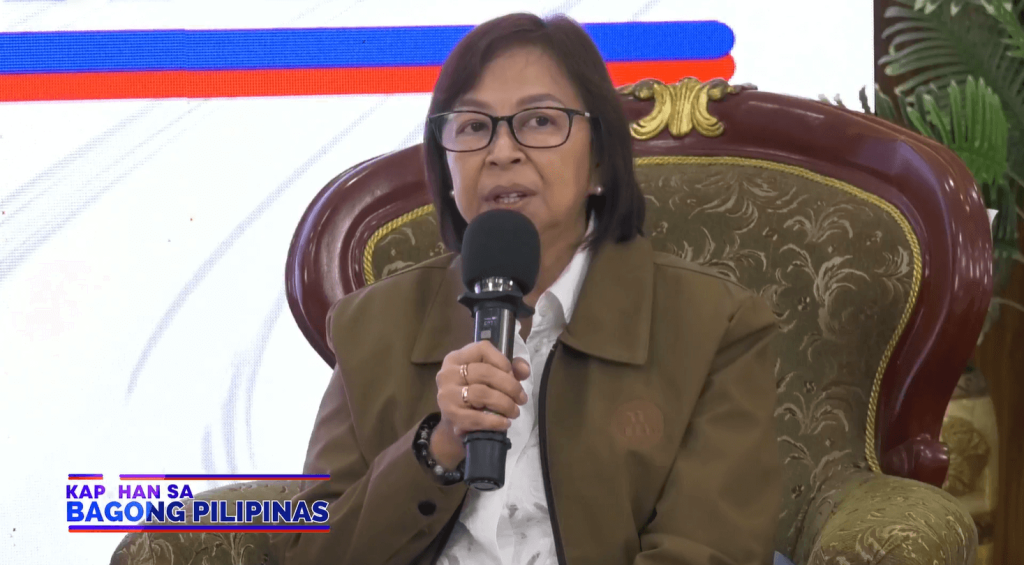
The National Irrigation Administration (NIA) has provided over 200 shallow tube well pumps and completed 36 units of solar-powered pump projects, with an additional 133 units currently underway in Central Luzon.
During the 22nd episode of the Kapihan sa Bagong Pilipinas of the Philippine Information Agency, NIA Regional Manager Josephine Salazar discussed these initiatives aimed at improving water access for farmers in the region.
“The shallow tube well requires fuel. Yearly, as much as possible, we are trying to procure shallow tube wells. So, we have provided more than 200 throughout Central Luzon. And now, we have stocks in Bulacan for distribution in the area,” she stated.
Salazar noted that these efforts are also part of NIA’s preparation for El Niño, emphasizing the importance of stocking up on pumps to ensure a reliable water supply.
Moreover, Salazar described the versatility of shallow tube well pumps, highlighting that they can be connected to rivers to pump water directly to farmlands.
Additionally, these pumps can be drilled and installed at various points to ensure even water distribution.
Salazar pointed out the typical irrigation process among farmers, explaining that water gates are often opened only after initial irrigation is complete, leading to conflicts among farmers regarding water access.
“When we irrigate, our fellow farmers only open the gate once they have irrigated their fields. They only allow the gate to remain open to ensure continuous water flow. However, within five days, they close it again because they need water for their fields once more. As a result, those at the far end are unable to get enough water, which causes problems or disputes among the farmers in the area,” she explained.
To address these conflicts, NIA strategically deploys shallow tube well pumps at endpoints and peak distribution areas to ensure smoother water flow and equitable access among farmers.
Furthermore, Salazar highlighted the significance of solar-powered pump projects, especially given the rising fuel costs, as it aims to alleviate the financial burden on farmers by reducing their operational expenses.
According to the NIA, solar-powered pump irrigation systems play a vital role in supplementing the decreasing water supply from dams and reservoirs, especially during dry seasons.
These systems are particularly beneficial in areas where building dams is not feasible.
By expanding the installation of solar-powered pumps, NIA aims to help farmers increase their productivity and improve crop yields.
Overall, these initiatives are among the continuous efforts of NIA, which reflects its commitment to improving irrigation access and supporting the agricultural development of the region. (CLJD/MAECR, PIA Region 3-Bulacan)